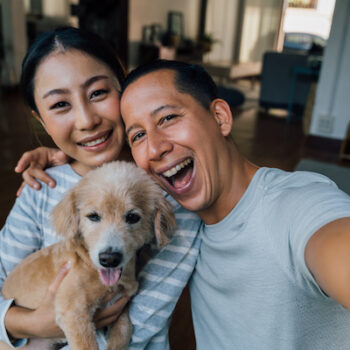Want to make a better connection with your community members? Make sure you’re speaking their language (literally!) During the Open Arms Challenge, participants made big strides in understanding the demographics of their community members. Many organizations worked to translate their most popular resources into another language commonly used in their community.
Below are a few lessons you can learn from the Open Arms Challengers on supporting your community in a variety of ways and languages.
Start from within: Identify what languages your staff and volunteers speak
Austin Humane Society committed to expanding their reach into its largely Spanish speaking population. They identified adoption team members who spoke Spanish and those adoption counselors received an increase in compensation for this additional skill. “We are excited we now have at least one Spanish-speaking Adoption Counselor during every shift that we are open to the public. This eliminates the communication barrier and creates a more positive experience for our Spanish-language adopters and shelter visitors. We were able to facilitate more adoptions to Spanish-speaking families as a result of our challenge. Having dedicated Spanish-speaking staff during all open hours and implementing a new Spanish-language adoption questionnaire allowed us to focus on relationship building with these adopters, collaborate with them, and facilitate more adoptions. We anticipate that this result will only continue to grow now that we have these options available.”
Before you can begin translating materials, identifying the demographics of your community and your volunteers will give you some deeper insight into what your community members actually need versus what you think they need.
Broward County Animal Care told us, “In Broward County, we have a very large Haitian population. All of our educational materials are in English, creating a major barrier. There are resources available that this community may be missing out on simply due to a language barrier. As a result, we created an in-house team consisting of our Haitian colleagues. This team has already begun planning outreach activities, as well as, creating versions of our brochures in Creole.
Through conversation, we were able to clearly identify which issues needed immediate attention and which issues we could begin implementing over time. There were meetings held regularly which included all of our program managers. This allowed us to brainstorm as a team and provide updates on progress made. On occasion, there were initiatives that required more hands on deck, such as, identifying which underserved communities required immediate attention and education as to the programs offered.”
Read more about getting schools involved, using technology and resources from others on Maddie’s® Pet Forum.

